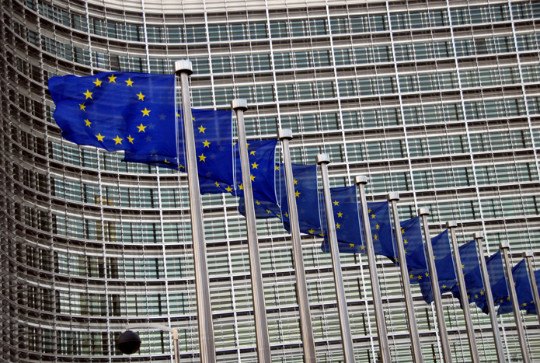
Enhancing Energy Security in Europe with Increased LNG Exports
The European Green Deal, proposed in December 2019, signaled an aggressive change in European energy policies. All 27 European Union (EU) member states pledged to reach net-zero emissions by 2050. By 2050, European demand for oil and gas will likely be insignificant as the EU transitions to clean energy. However, the journey to net-zero is riddled with uncertainty because of Europe’s heavy reliance on Russian gas exports. The EU imports approximately 50% of its gas from Russia and many NATO countries in eastern Europe, like Latvia and Estonia, rely on Russia for upwards of 90% of its gas supply. The EU’s natural gas consumption is projected to increase, as gas is a vital component of the EU’s clean energy transition strategy. Moreover, with the completion of the Nord Stream 2 pipeline and rising tension between NATO and Russia over Ukraine’s integration into the West, reducing European reliance on Russian gas is becoming increasingly vital to the future of Europe’s energy security. The most crucial strategy for the U.S. to pursue is increasing liquid natural gas (LNG) exports to Europe. This will help enhance the EU’s energy security while the U.S. and EU pursue sustainable net-zero goals.
Europe’s Energy Security
At the time of this writing, Europe is bracing for energy shortages because of the combination of freezing temperatures, chronically low wind speeds and nuclear outages in France, which is straining electricity grids. James Waddell, head of European gas at the energy consultancy firm Energy Aspects, predicts that Europe will be particularly reliant on imports this winter, as they have a small storage buffer. Furthermore, on December 21, 2021, European gas prices hit record highs, as Russia stopped gas flowing to Europe through the Yamal-Europe pipeline, and even reversed the direction of the flow back eastward, away from Europe. Many Western countries have stated that Russia’s withholding of gas deliveries to Europe is over political tensions surrounding Ukraine and delays in certifying the Nord Stream 2 pipeline. While Kremlin spokesman Dmitry Peskov denied these accusations, the timing is uncanny. Helping Europe reduce its dependence on Russian gas will enhance Europe’s energy security by allowing for more political and economic flexibility to deal with Russian aggression.
Carbon Emissions in Russia’s Gas Infrastructure
There is a vital weakness in Russia’s gas exports to Europe. Most of the Russian gas supplied to Europe, approximately 80%, is piped gas, not LNG. Considering the recent completion of Nord Stream 2 and that Russian LNG exports from the Arctic will primarily go to China, Russia will likely continue to supply Europe with predominantly piped gas. However, a growing mountain of evidence shows that the Russian piped gas supply chain emits more greenhouse gas, approximately 22%, than European coal. Estimates also show that Nord Stream 2 will likely be a heavy methane emitter. Conversely, U.S. LNG emits about 56% fewer emissions than European coal. Expanded U.S. LNG exports to Europe not only enhance Europe’s energy security but is essential to help Europe achieve its net-zero goals and eliminate methane emissions from its supply chains.
U.S. LNG Potential
One of the most pressing energy security risks for Europe, mainly eastern Europe, is its current dependency on Russian gas. Expanded U.S. exports to Europe provide two significant benefits. First, it reduces reliance on Russian gas, allowing Europe more flexibility to deal with aggressive Russian actions and therefore enhances European energy security. Second, it provides Europe with a cleaner alternative to Russian piped gas, which will help Europe meet its ambitious net-zero goals.
The U.S. can alleviate much of this energy pressure on Europe by increasing LNG exports. Currently, the U.S. is the top supplier of LNG to Europe, with Russia coming in second. However, the U.S. is predicted to become the largest LNG exporter in the world by the end of 2022, supplying approximately 22% of the world’s LNG. Even more importantly, the U.S. can maintain this LNG capacity until 2025. Much of this increased LNG capacity can be directed towards Europe. The US needs to leverage its cleaner LNG exports to reduce Europe’s import reliance on Russian gas.





